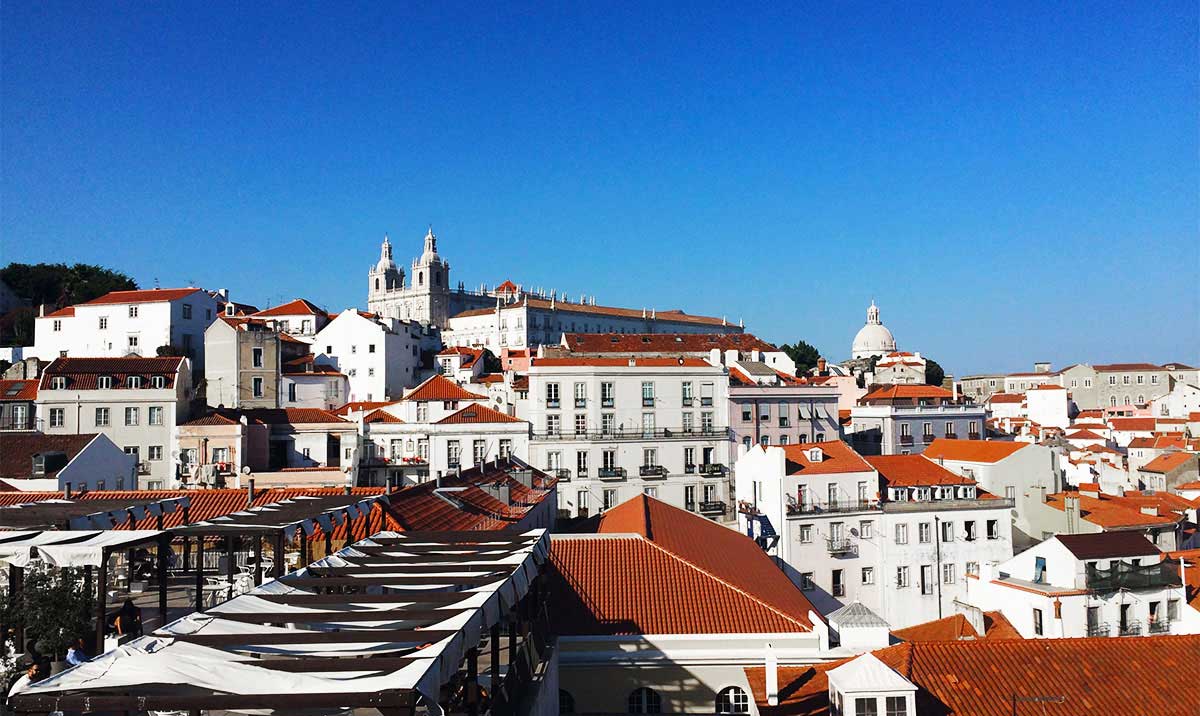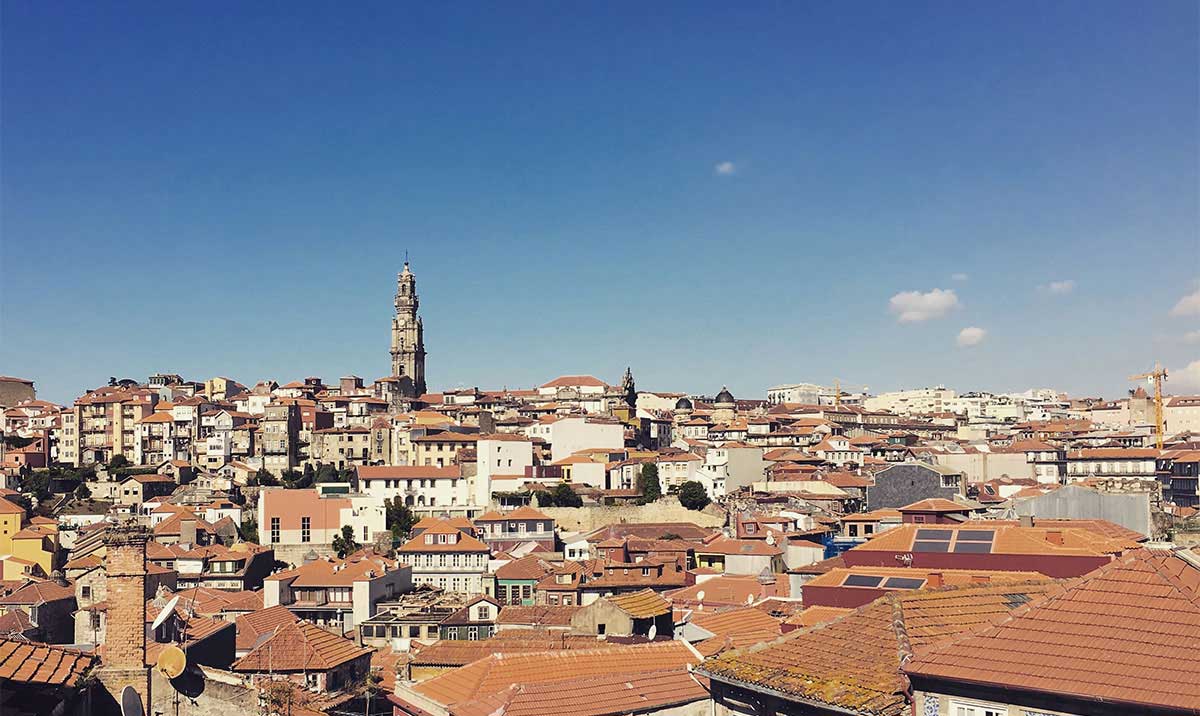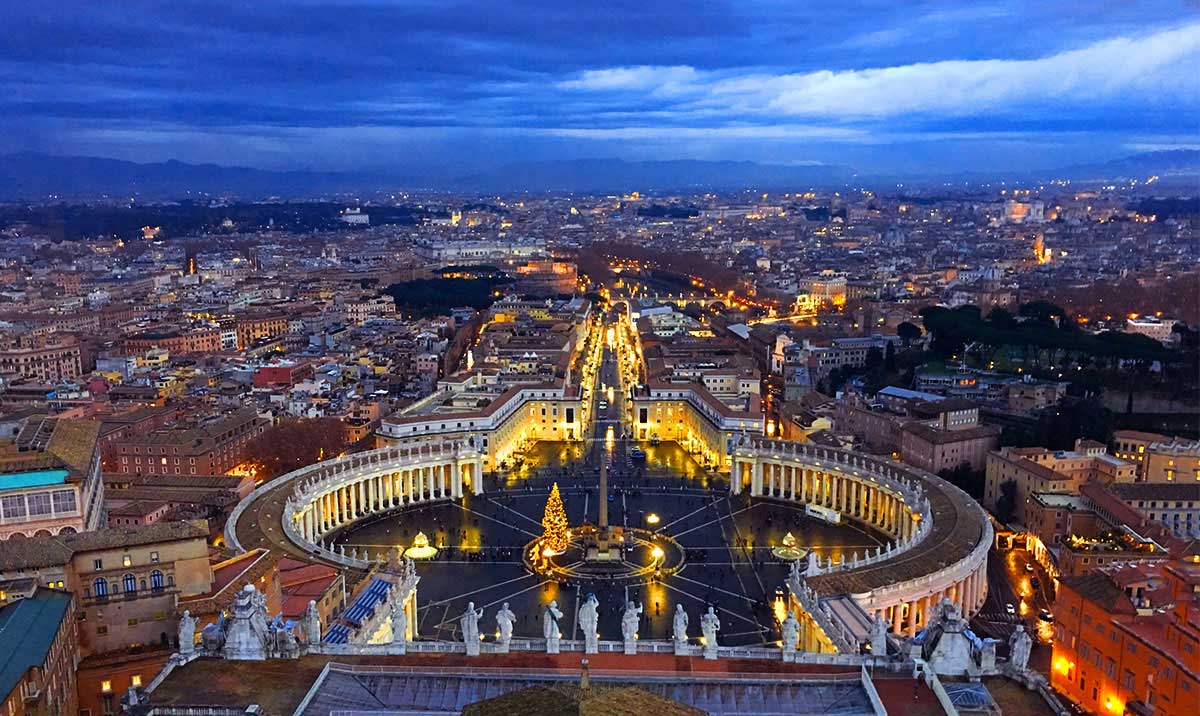Madrid
Madrid is the capital of Spain, and is home to the Spanish Royal family as well as the Spanish Government. It is a modern metropolitan city and an economical and industrial center of Spain, and, with its population of nearly 3,5 million people, is also the biggest city in Spain.
It is located in the centre of the Iberian Peninsula, and is surrounded by mountains and natural parks. Although it is located in the centre of the country, it has traditionally been the hub between different areas of Spain and is therefore connected to all major Spanish cities by train, road or air.
The weather in Madrid varies a lot depending on the season, from hot and dry in the summer, with temperature of approx. 29C/85F, to cold (4C/39F) and with some rain in the winter.
Attractions
Madrid has a lot of interesting attractions that offer both culture and amusement.
The city is full of great monuments, like the royal palace, the Plaza Mayor or the many statuettes, and for people interested in art, the museums Del Prado, Reina Sofia or Thyssen have some of the most fantastic collections of famous Spanish painters like Velazquez, Goya, Picasso or Miro.
If you like to be entertained, Madrid has two big amusements parks (including the new Warner Bros park) and there are regular international concerts, big flea markets, parades and other activities going on.
To sport enthusiasts Madrid can offer everything from skiing (only 1 hour away by bus) during the winter, to golf all year round, as well as international sporting events and the possibility to practice nearly any sport at the University facilities.
If you like going out at night, Madrid has a very interesting nightlife throughout the whole week and which is available all year round. You can either go out for a tapa (Spanish snack), eat at a very nice restaurant, go to the cinema or one of the many theatres, or find nearly any type of bar or disco.
Barcelona
Barcelona is Spain's second largest city, in population, with around 3,200,000 people. This innovative, diverse city is located on the northeast coast of the peninsula along the Mediterranean Sea. Barcelona is the capital of the Catalonian region, as well as the province of Barcelona. Although Spanish is the official language in Spain, in the Catalonian region, Catalan is also recognized as the co-official language.
The weather is typically decent year-round, with the nicest months being May until July, as well as September, generally. Like many Spanish cities, August tends to be the hottest month, with temperatures soaring into the mid 30s at times. The winters are cooler, but there is not much precipitation. Barcelona is ranked just after Madrid as the country's main source of economy. It is also home to one of the most major Mediterranean ports.
Barcelona's airport is the second largest in Spain, as well. Barcelona was known for its manufacturing industry, and that is still prevalent today as some of the most important industries are textiles, chemistry, motor and electronics. As for the service market, the leaders are logistics, publishing, and telecommunications.
Many tourists are drawn to the city because of its rich culture and it is very easy find cheap flights to Barcelona from all bigger European cities and most capitals worldwide. There is also the draw that it is situated 160 km south of the Pyrenees and the French-Spanish border, plus, Barcelona revels in its 4.5 km of coastline, with seven beaches. It was the home to several impressive works done by the world renowned architects, Antoni Gaud and Lluis Domenech i Montaner. The city also has a wide range of parks, several walking streets in the old part of the city, and numerous attractions to visit.
Lisbon
Lisbon (in Portuguese, Lisboa) is the capital and largest city of Portugal.
Lisbon (in Portuguese, Lisboa) is the capital and largest city of Portugal.
Lisbon is situated at 38 degrees, 43 minutes north, and 9 degrees, 8 minutes west, making it the westernmost capital in Europe. It is located in the west of the country, on the Atlantic coast at the point where the river Tagus (Portuguese Tejo) flows into the Atlantic Ocean. The city occupies an area of 84.6 km2. The city comprises 53 freguesias. It is important to say that, unlike most major cities, the city boundaries are narrowly defined around the historical city perimeter. This gave rise to the existence of several administratively defined cities around Lisbon, such as Loures, Amadora and Oeiras, which in fact are part of the metropolitan perimeter of Lisbon.
The historic centre of Lisbon is built on seven hills, making some of the city's streets too steep for motor vehicles and bicycles; the city is served by three funicular services and one elevator. The western side of the city is mainly occupied by the Monsanto Natural Park, one of the largest urban parks in the world.
In terms of tourism Lisbon is one of the top destination cities in Europe, with many attractions, meeting venues and a vast offer in terms of accommodation, including many luxurious Lisbon hotels offering visitors a unique stay in this one of a kind city.
Porto
Porto (Portuguese pronunciation: [ˈpoɾtu], locally Portuguese pronunciation: [ˈpwoɾtu]; also known as Oporto in English) is the second largest city in Portugal after Lisbon and one of the major urban areas of the Iberian Peninsula. The urban area of Porto, which extends beyond the administrative limits of the city, has a population of 2.1 million (2011) in an area of 389 km2 (150 sq mi), making it the second-largest urban area in Portugal.[ It is recognized as a gamma-level global city by the Globalization and World Cities (GaWC) Study Group, the only Portuguese city besides Lisbon to be recognised as a global city.
Located along the Douro river estuary in Northern Portugal, Porto is one of the oldest European centres, and its historical core was proclaimed a World Heritage Site by UNESCO in 1996. The western part of its urban area extends to the coastline of the Atlantic Ocean. Its settlement dates back many centuries, when it was an outpost of the Roman Empire. Its combined Celtic-Latin name, Portus Cale, has been referred to as the origin of the name "Portugal", based on transliteration and oral evolution from Latin. In Portuguese, the name of the city is spelled with a definite article ("o Porto"; English: the port). Consequently, its English name evolved from a misinterpretation of the oral pronunciation and referred to as Oporto in modern literature and by many speakers.
One of Portugal's internationally famous exports, port wine, is named for Porto, since the metropolitan area, and in particular the caves of Vila Nova de Gaia, were responsible for the packaging, transport and export of the fortified wine.In 2014 and 2017, Porto was elected The Best European Destination by the Best European Destinations Agency.
Rome
Rome is a huge city with several district articles containing sightseeing, restaurant, nightlife and accommodation listings — have a look at each of them.
Rome (Italian: Roma), the Eternal City, is the capital and largest city of Italy and of the Lazio region. It's the famed city of the Roman Empire, the Seven Hills, La Dolce Vita (the sweet life), the Vatican City and Three Coins in the Fountain. Rome, as a millenium-long centre of power, culture (having been the cradle of one of the globe's greatest civilisations ever) and religion, has exerted a huge influence over the world in its roughly 2800 years of existence.
The historic centre of the city is a UNESCO World Heritage Site. With wonderful palaces, millennium-old churches, grand romantic ruins, opulent monuments, ornate statues and graceful fountains, Rome has an immensely rich historical heritage and cosmopolitan atmosphere, making it one of Europe's and the world's most visited, famous, influential and beautiful capitals. Today, Rome has a growing nightlife scene and is also seen as a shopping heaven, being regarded as one of the fashion capitals of the world (some of Italy's oldest jewellery and clothing establishments were founded in the city).
With so many sights and things to do, Rome can truly be classified a "global city".
Vatican City
Vatican City ,officially Vatican City State or the State of Vatican City (Italian: Stato della Città del Vaticano;Latin: Status Civitatis Vaticanae),is a walled enclave within the city of Rome. With an area of approximately 44 hectares (110 acres), and a population of 1000, it is the smallest state in the world by both area and population. However, formally it is not sovereign, with sovereignty being held by the Holy See, the only entity of public international law that has diplomatic relations with almost every country in the world.
It is an ecclesiastical or sacerdotal-monarchical state (a type of theocracy) ruled by the Bishop of Rome – the Pope. The highest state functionaries are all Catholic clergy of various national origins. Since the return of the Popes from Avignon in 1377, they have generally resided at the Apostolic Palace within what is now Vatican City, although at times residing instead in the Quirinal Palace in Rome or elsewhere.
Vatican City is distinct from the Holy See (Latin: Sancta Sedes), which dates back to early Christianity and is the main episcopal see of 1.2 billion Latin and Eastern Catholic adherents around the globe. The independent city-state, on the other hand, came into existence in 1929 by the Lateran Treaty between the Holy See and Italy, which spoke of it as a new creation, not as a vestige of the much larger Papal States (756–1870), which had previously encompassed much of central Italy. According to the terms of the treaty, the Holy See has "full ownership, exclusive dominion, and sovereign authority and jurisdiction" over the city-state.
Within Vatican City are religious and cultural sites such as St. Peter's Basilica, the Sistine Chapel and the Vatican Museums. They feature some of the world's most famous paintings and sculptures. The unique economy of Vatican City is supported financially by the sale of postage stamps and tourist mementos, fees for admission to museums, and the sale of publications.





